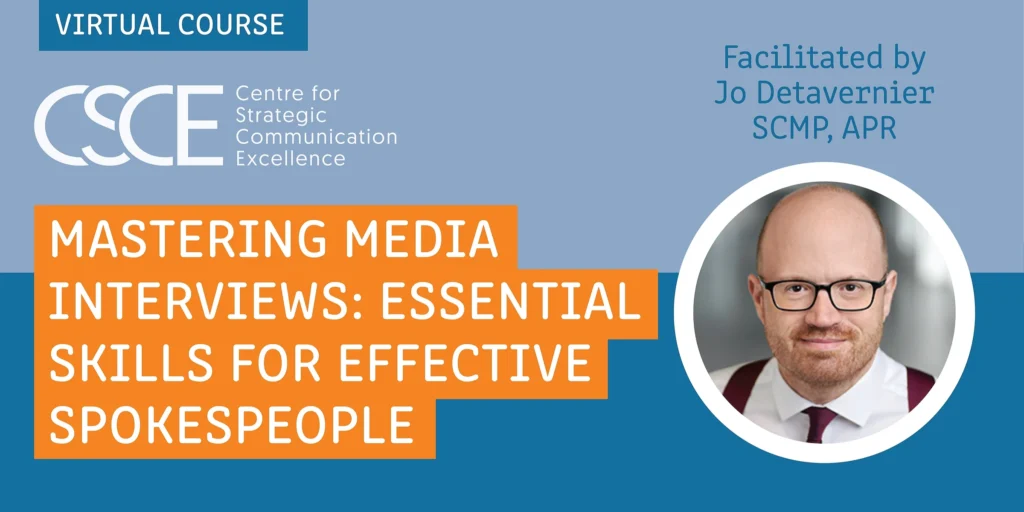The world we can anticipate in 2021 brings to mind the Chinese character for “crisis” – a combination of the characters for “danger” and “opportunity.”
Changes in the business world are creating real opportunities for internal communication professionals.
These opportunities present themselves against a tough business environment: intense short-term competition for resources, manifesting in the form of tight salaries, rates and budgets.
But the opportunities that emerge as we transition out of the pandemic will have long-term implications. Indeed, many of these could shift the way internal communicators and the value we provide are perceived.
Opportunity 1: Change in workplace models
The most systemic change will be the shift from the dominance of the location-based workplace model.
There is now a competition brewing between four alternative models. There may be some organizations that continue to insist on the location-based model (Netflix being the loudest proponent at the moment), while some have indicated they will move to a fully remote model where employees exclusively work out of locations of their own choosing.
There are two other main approaches are in the running. A “hybrid” model where employees are required to partially work on-location is one that is getting a lot of short-term endorsement by organizations, employees and leaders. And full-blown outsourcing is also an alternative, reflected by its renewed visibility in a recent piece in the Financial Times, and noting the options it offers to get work done in cheaper locations and regions. One quote from the FT piece which lingers in the air: “If there was a job that could be done from home during the pandemic, it’s a job that can be outsourced after the pandemic.”
Resisting the temptation to discuss which of these models is preferable, these things are clear across the spectrum:
- New approaches to business communication and internal communication will be required to enable the transition to the next model and support the business’ stability and growth from that model.
- The tools and strategies will depend heavily on the way in which the workforce is organized and the model chosen.
- None of these models (particularly the location model) is a status quo model. Each which will need new tools and strategies that reflect how employees, customers and business relationships have changed.
- Each has financial and operational knock-on effects that could merit a change of approach in mid-stream.
Opportunity 2: Alignment first
Given the failure of the millions spent on employee engagement programs to create sustainable business improvements, 2021 represents an opportunity to break from the failed emphasis on benchmarkable employee engagement surveys and top-down pressure. In its place would come the opportunity to identify things that have been missing that could make a positive difference.
An “Alignment First” approach aims to do that by assessing the extent to which teams, functions and organizations share a common view of their basics — purpose, mission, vision and priorities.
Without such alignment – where beliefs and actions move in a common direction – the question of engagement is either irrelevant or counterproductive. Essentially, engaged people running in different directions can resemble headless chickens.
As alignment factors are largely company- or division-specific, Alignment First may run afoul of some execs who are attached to benchmarking engagement levels against peers and competitors. But the need to reassemble, reshuffle and reinvigorate workforces in 2021 may well be overriding.
Opportunity 3: Reshuffling and restoring of relationships/time for ONA
One of my clients, Bruno Bin, the Chief Marketing Officer at Smarp, likes to mention companies that went from “3,000 employees in three locations to 3,000 employees in 3,000 locations.”
Whether companies are heading back to the office, staying dispersed, or attempting to balance the two, organizations are going into 2021 with a sharply changed set of relationships and work patterns.
In many cases the often-differing levels of confidence and trust were based on how leadership decisions have been made and perceived during the pandemic so far.
Most of these changes will be invisible to the naked eye or to the org chart. This means there is significant potential in mapping and understanding the current state of relationships and attitudes. By using well-targeted surveys and Organizational Network Analysis, a proven technique for identifying internal relationships, key influencers and the issues and expertise that drive relationships and influence in organizations can be brought to the surface.
The timing for ONA in 2021 is particularly strong in that research done this year can serve as a powerful baseline for reshaping and strengthening organizations, one that is based on real data rather than assumptions inherited from old organization charts.
To be sure, some organizations will be scared of what such an analysis might find, but such fear indicates an opportunity for competitive advantage for those who seek this knowledge.
Opportunity 4: Cross-fertilization – strengthening the social fabric
An added advantage coming from ONA or key influencer analysis is that it increases the ability to support internal communication pros and others in making mutually beneficial introductions for colleagues across different parts of the business.
The value of such connections is difficult to measure in strict numbers terms, but the intuitive logic of having connected people make introductions for new starters, internal experts and employees who have ambitious agendas is increasingly apparent in view of the difficulties employees have had in meeting physically during the pandemic.
Indeed, active “cross-fertilization,” as opposed to occasional ad hoc introductions, may potentially become more systematic among organizations that are looking to strengthen remote on-boarding and accelerate organization going into the next phase.
Opportunity 5: The new corporate HQ
For organizations that will be moving away from location-based working, something will need to take on the role as the organization’s central address to its employees – the branded and connective space that reminds you where you are, and connects you with what and who you need to know. For all intents and purposes, the internal communication platform has become that space in many organizations.
Consequently this platform can become a real differentiator when it comes to employee experience, for good or bad.
The question becomes: Do you get something that’s best-in-class, or do you make do with something entry-level that’s more difficult for employees to use – but makes the IT department happier?
Regardless of the platform chosen, the increased centrality of each organization’s internal comms platform carries a massive challenge to internal communication professionals: whatever platform you have, you will be under unprecedented pressure from senior management to get the most out of that platform strategically. You’ll need to make it as interesting and appealing to use as possible, unless you are able to define and align on higher-value priorities that the platform should emphasize. And often, the requirement for getting an improved platform will be for the internal communicators to demonstrate they have maxed out the capabilities of the existing one.
Opportunity 6: Remote onboarding
New employees will be continuing to come on board as economies recover. Getting them productive will require more than preparing them to perform the practical aspects of their new roles. They will need to know how to connect with the right people, why the organization behaves the way it does (purpose/vision/mission and culture) and above all, what to prioritize.
These goals go well beyond the standard task-based onboarding that was the norm before COVID-19. IC has as much of a role in driving context as HR has had in driving content. The opportunity is there for IC to lead with online, offline and facilitated interventions that can complement and turbocharge what HR is currently doing in terms of skills. Indeed, success in remote onboarding could have a lot to do with one’s success in maximizing the performance of “the new corporate headquarters” identified as opportunity 5.
Opportunity 7: Internal-external convergence (especially around employee advocacy)
The smartphone continues to bend the boundaries of the internal and the external. Different streams of content arrive and depart from the same device – which then spread through word of mouth in different circles inside and outside the corporate firewall.
In Iceland, where I live, IC and EC converged years ago – newspapers are routinely used for internal announcements, while intranet items have frequently been placed to spring leaks.
Now, employee advocacy adds another variable – employees can be called on to help promote products, share messages, recruit new employees or approach local or national political leaders.
In the 2021 world, we are already seeing a lot of two-way communication flow in the talent market. “Open-To-Work” profile photo frames are increasingly visible and colleagues receive unsolicited LinkedIn recommendations which become quickly available to potential recruiters.
Opportunity 8: Increasing professionalism in new areas of the market
The job market isn’t that vibrant at the moment, but there appear to be more and more dedicated IC roles emerging in smaller (sub 2000 employee) enterprises. Moreover, these roles do not tend to be overspecified in the way a lot of in-house corporate roles have become.
This definitely speaks to increased professionalism and opportunity across a broader range of companies. If these organizations can resist the temptation to focus exclusively on junior professionals, this could be a major lifeline to many dislocated from mid-senior and senior positions.
Opportunity 9: Seizing the measurement agenda
Saving the best for last: IC for some time has had the opportunity to shape its measurement agenda, but has so far failed to do so.
But there’s nothing that says employee engagement scores and clicks and open rates are the best we can do.
We can have much more influence through the way we measure. We can measure the impact of what we do – in terms both of finance and of observable actions and behaviors. We can track the spread, recall and perceived importance of our messages. We can measure what our stakeholders see as the value of our interventions – before, during and after. And we can measure the extent to which employee and business priorities align and misalign.
Measurement software is better than it’s ever been. But most of these improvements are a function of intent rather than technology.
In closing
Some practitioners will use “being busy” as the excuse to avoid taking advantage of these opportunities in what will be a year of intensity and resource pressure. Others will use the old standard “we have no budget.”
If there’s something here that you want to do — that you see possibility or power in — don’t give up before you know you can start.
There are plenty of folks who can help you make progress whatever your bandwidth or budget. And there are very few leaders in the corporate world who will turn down a good investment if a compelling business case is made for it.
The ball is in our court. Time to smash it.





